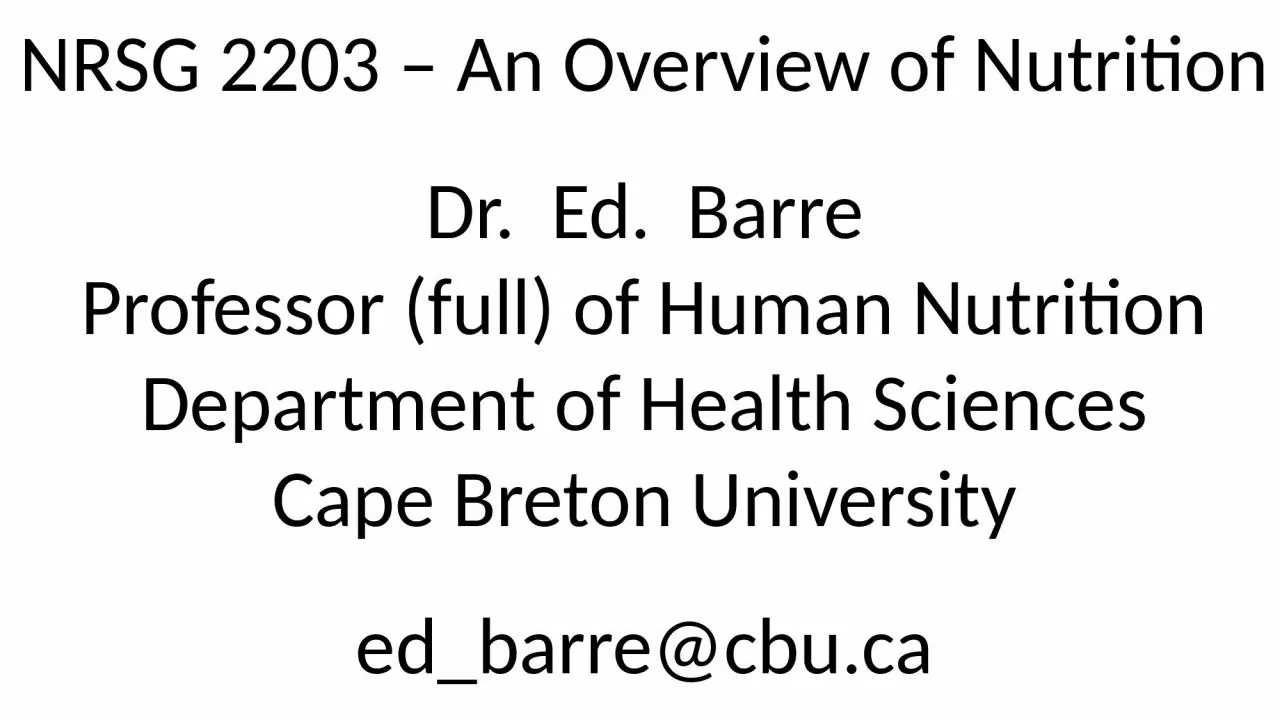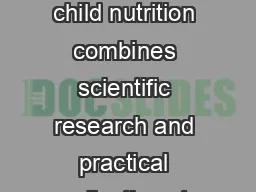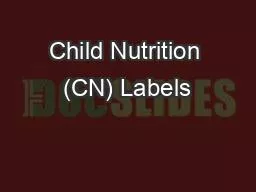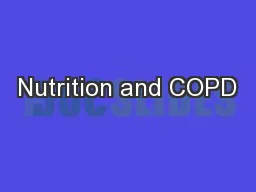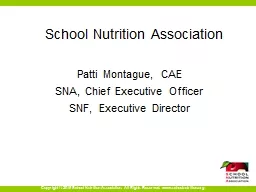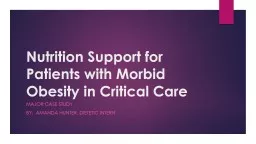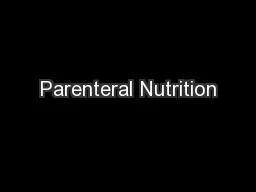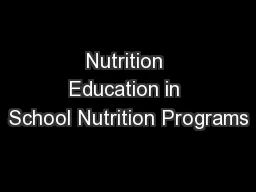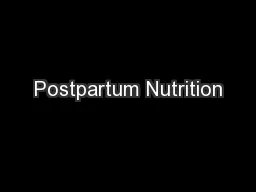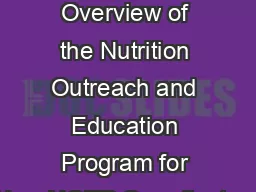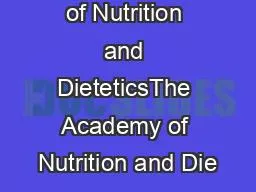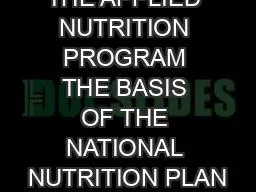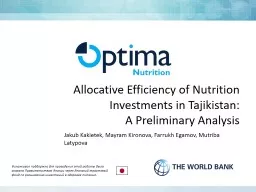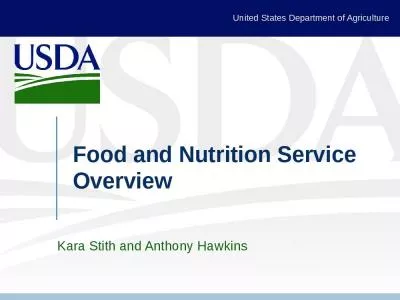PPT-NRSG 2203 – An Overview of Nutrition
Author : fauna | Published Date : 2024-02-09
Dr Ed Barre Professor full of Human Nutrition Department of Health Sciences Cape Breton University edbarrecbuca Lecture outline Nutrition defined Nutrient classes
Presentation Embed Code
Download Presentation
Download Presentation The PPT/PDF document "NRSG 2203 – An Overview of Nutrition" is the property of its rightful owner. Permission is granted to download and print the materials on this website for personal, non-commercial use only, and to display it on your personal computer provided you do not modify the materials and that you retain all copyright notices contained in the materials. By downloading content from our website, you accept the terms of this agreement.
NRSG 2203 – An Overview of Nutrition: Transcript
Download Rules Of Document
"NRSG 2203 – An Overview of Nutrition"The content belongs to its owner. You may download and print it for personal use, without modification, and keep all copyright notices. By downloading, you agree to these terms.
Related Documents

